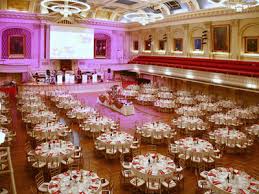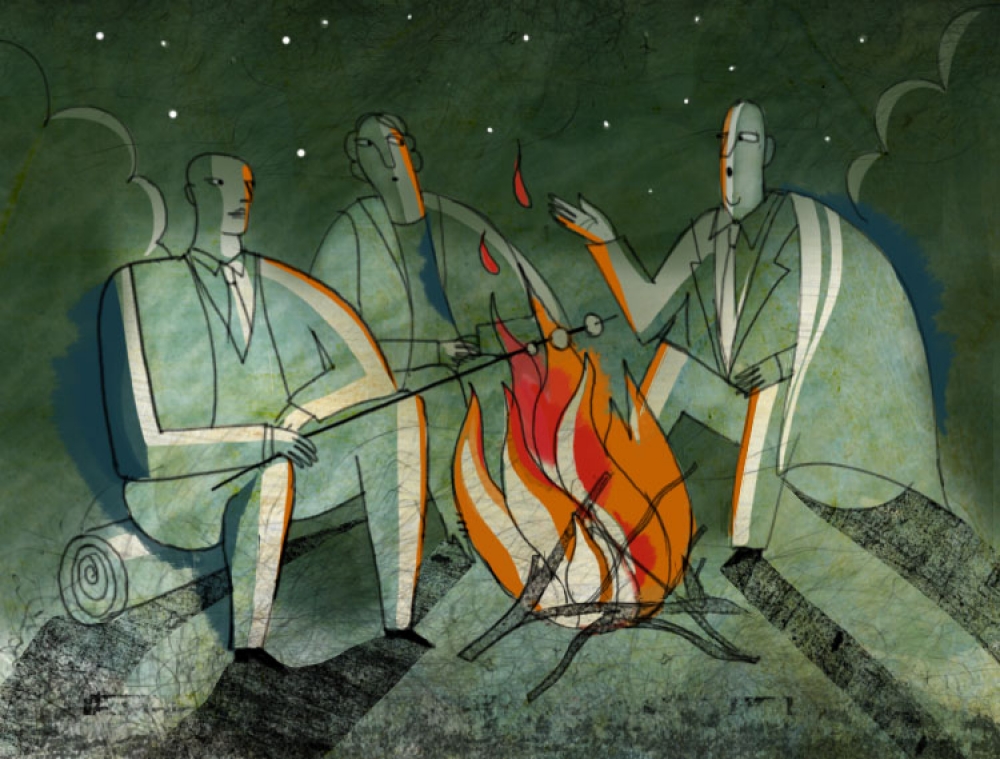
One of the most difficult aspects of major gift fundraising is securing stories to share with donors. This is something that most MGOs struggle with every day.
There are two types of stories a MGO needs to collect:
- Needs stories. The most effective way to convey the need your organization is meeting is to have a person tell their story. There is nothing like it because it takes the donor right to the scene, where they can experience the need. These “needs stories” never have a solution. It is simply a personal story that illustrates the need for action (and funding).
- Results stories. Jeff and I call these “YMAD” stories (You Made A Difference). Again, it is a person your organization serves who gives a first person account of how they have been helped and, by extension, how the donor made a difference in their lives.
It is easy to define what stories need collecting; it is very difficult to actually collect them and prepare them to be shared. That is why I was fascinated to read about what the YMCA of Rye, New York did to solve this problem – my thanks to The Goodman Center for bringing this to our attention.
Denise Woodin, Director of Community Outreach and Social Responsibility and Lisa Tidball, Communications Director had tried all kinds of ways to collect stories, with limited success. Denise thought that the method of one-on-one, in-person interviewing might be a way to get YMCA members to share their stories.
So she and Lisa put together a committee and created an event whose only purpose was to collect stories via one-on-one interviews. They held the event over a three-day period and called it “Voices of the Community: The Rye Y Story Project.” It was an amazing success. Here are some details of how they pulled this off:
- A select group of staff members were asked to conduct the interviews. Then they were trained on interviewing techniques.
- They promoted the event to their members: ten days prior to the event, they posted the details on their website and handed out flyers to their members, explaining what they were trying to do and why. (I would probably start the advertising for this a month before the event in a special self-mailer to all the members with a reminder ten days prior. And the self-mailer could have a reply device where a member could commit to being interviewed. You get the picture.) If you are going to do this, spend a little money promoting it widely so you can spread the word to all your members/clients. Then make it easy for them to make a commitment to be interviewed. And when you think of the money you will spend, remember this: Stories are the life-blood of fundraising. It is worth every penny to get them.
- They prepared a place for the interviews that was highly visible and would create a sense of privacy for the storytellers. A member of their maintenance staff suggested using gym mats standing on their sides to create three-sided “story booths.”
- They conducted the interviews and collected the stories.
- They shared the stories. I found this point really interesting. Throughout their facility, the committee exhibited the stories and pictures they had collected. You can imagine the buzz the place had, as staff and the public read the stories of the people the YMCA had helped. Awesome.
So this is the core idea – and it is a good one. We suggest you try it in some form, adjusting the advance publicity to increase attendance of your storytellers. You may even end up doing this three to four times a year, so that you are constantly feeding stories into your fundraising efforts.
Here is another nuance to this idea. It could be that Denise and Lisa, in their original concept, set about to collect stories from people who had benefited from the YMCA. This is good. These are results (or YMAD) stories. But how could you use this idea to collect “need stories”?
You might go into a gathering place for people whom your organization typically helps, set up a Story Booth or use a private room and literally go around the room and ask people if they would be willing to share their story. You may have some explaining to do, but I find that if you do this in a respectful way, people are happy to tell you the journey they have been on. (Of course, in all of these situations you need to have releases etc. and exercise a great deal of caution and respect so the person is honored through the process. But this could work. Try it.)
Also, as you are doing this and you encounter stories of need or results that are especially compelling, ask the person for permission to interview them more extensively, and secure pictures and video. Then go to “their place” for a more in-depth look. I am sure that if you do this right, you will never be the same, as you yourself get close to the need.
Stories are so important in our work. They bring to life the emotion, drama and pain that people are going through, and they also reveal the wonderful thing that happens when you and others help to change things around. Goodness, I wish I could be there with you when you do this! This is the stuff that gets me up in the morning – a life transformed because you helped!
Richard







0 Comments